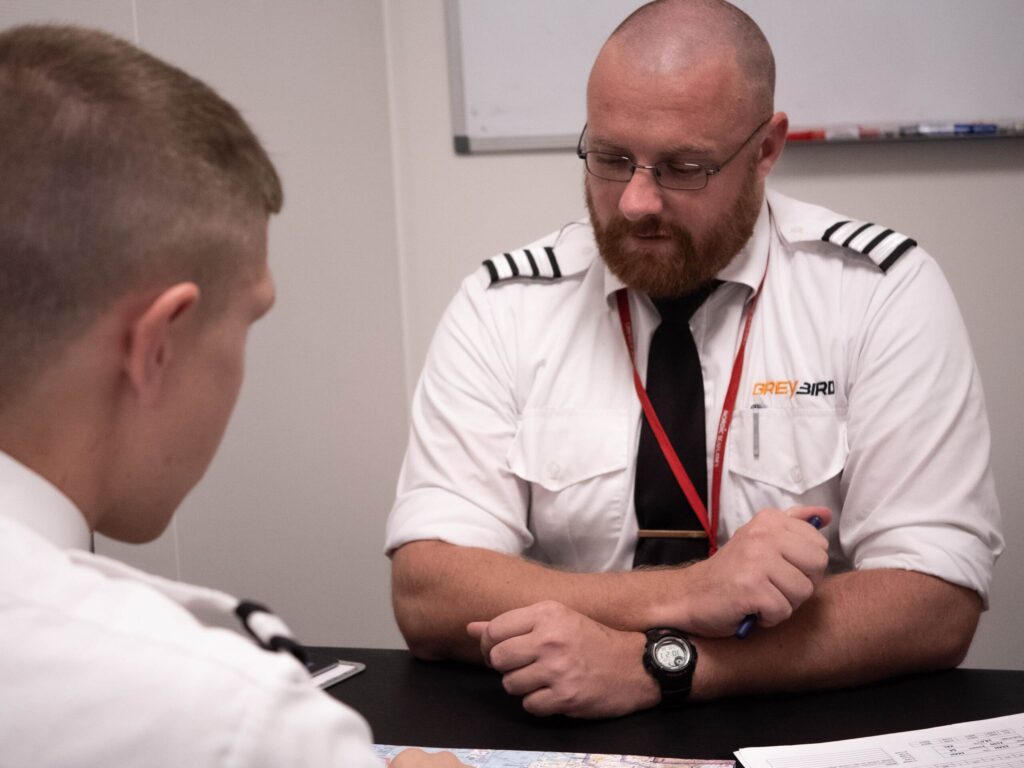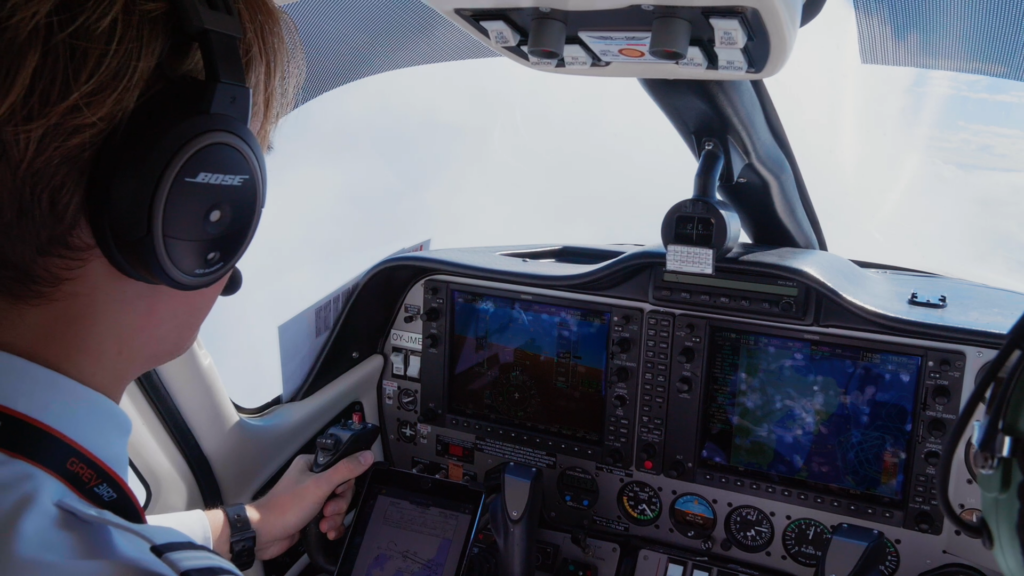

Integrated or Modular at GreyBird
Having decided to go for the dream and become a commercial pilot, there are still choices to be made. There are two routes to take to become a commercial pilot. They differ in quite a few ways, but they end up in the same place when it comes to certificates as well as rights, and they may end up in the same spot when it comes to capabilities.
Having a certificate and a right to fly an aircraft and being capable are not the same. Unfortunately, we have come across quite a few pilots who indeed have the certificate and the right to fly aircraft, whose capabilities, however, have not struck us as impressive. Therefore, it is important to ensure that the quality of the education you choose is sufficient to bring your capabilities to an adequate level.
Fundamentally, the integrated education is difficult to build in a bad way. The education design varies from ATO to ATO, and the number of valuable flying hours that are being put into the education differs a lot. In that sense, it can most certainly be argued that one integrated education is a lot better than another. However, none of them can be really bad because of the authorities’ requirements for education. One could argue that the integrated education ranges from average to incredibly good.
The modular education, however, can be built up in a terrible way and still be legal. Hence, it can very easily be argued that the modular education ranges from exceedingly bad to incredibly good. Note that both types of education can be incredibly good. We do not argue that one is better than the other, but we do argue that if you choose to go the modular way – and there can be very good reasons for doing so – you should be careful in your choice of school and programme.
